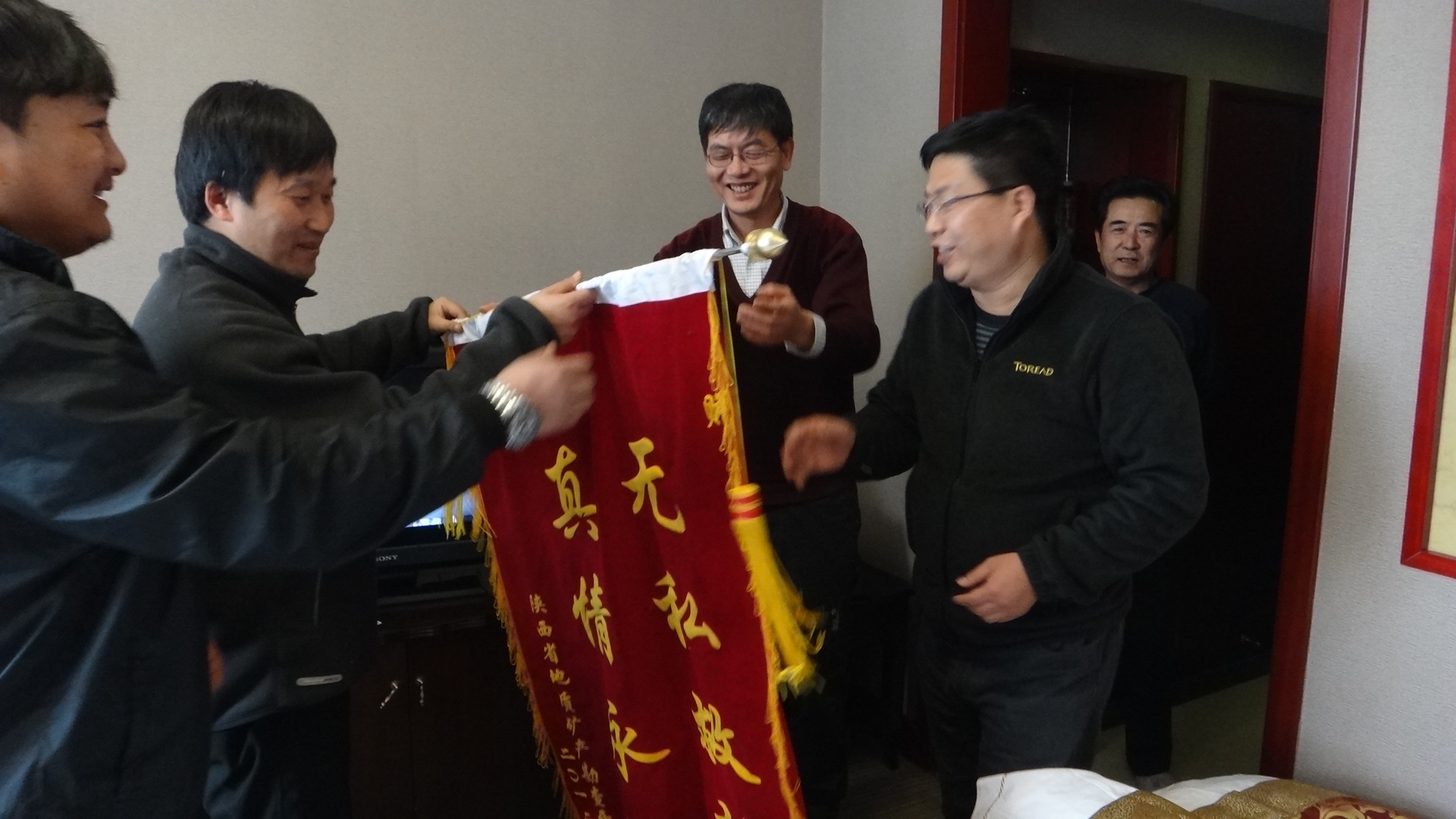On March 1, 2012, it was learned from online information that three geological surveyors from Shaanxi went missing while carrying out work tasks in the Qiangtang Nature Reserve, Sewu Township, Amdo County, Tibet. They had been searched for twelve days with no news.
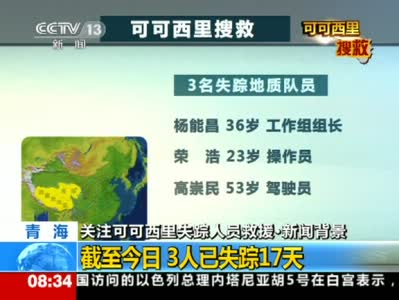
Since the area is located in an uninhabited region at an altitude of 5,000 meters and it involves the disappearance of geological surveyors, it has attracted the attention of all sectors of society in China. After getting the news, the Blue Sky Rescue Team attached great importance to it. They immediately formed an analysis and discussion group to study what kind of help they could offer, whether it met the requirements for launching a rescue operation, and possible rescue plans.
For the initial launch of the rescue operation, there were many unfavorable factors, such as the long distance, high altitude, and logistical support... So, for the time being, the dispatch of the rescue team was not considered. The strategy of the Blue Sky Rescue Team was to pay close attention, find an entry point, and do whatever they could to help. There could be many forms of assistance, such as suggestions on rescue plans, advice on equipment, the supply of personnel, the dispatch of an overall search - and - rescue team, and the provision of high - definition contour analysis maps.
With continuous attention and research, we found that the personnel participating in the on - site rescue were not professional rescuers and could not meet the rescue requirements in terms of personnel search and rescue and technology. Most importantly, most of the search - and - rescue personnel in the front line had retreated due to altitude sickness or were already exhausted. This was the time to give full play to the strengths of the Blue Sky Rescue Team.
At 2 p.m. on March 2nd, representatives from the Blue Sky Rescue Team attended a meeting of social organizations at the Red Cross Society. Yuanshan and Qiu Lili were present at the meeting. During the meeting, after repeated analysis and weighing of the pros and cons, it was determined that the rescue operation should be launched. This was a highly challenging rescue mission for the Blue Sky Rescue Team, posing a severe test. However, as we plan to go abroad to participate in international rescue operations in the future, the difficulties of this rescue are similar to those of international rescues. It also serves as an excellent training opportunity for the Blue Sky Rescue Team before venturing onto the international stage. It will test our comprehensive response capabilities.
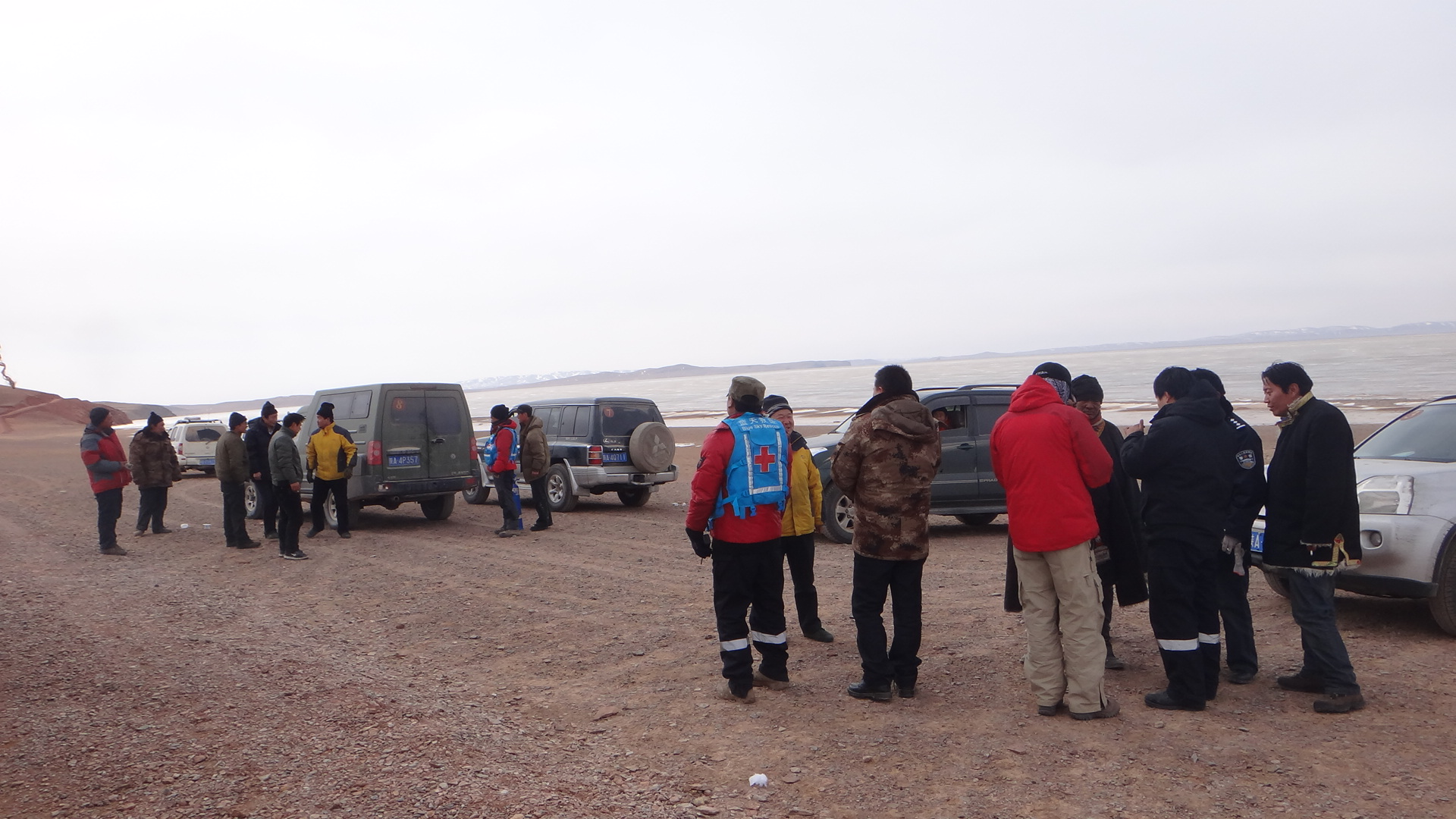
We got in touch with Deputy Director Zhu Xiaochuan from the Qinghai Department of Natural Resources, who is also the commander of the Qinghai Rescue Command. After communication, we obtained his approval. We also contacted the Golmud Command. In this way, the official support and guarantee for the rescue were secured.
We reported the plan to the leaders of the Red Cross Society of China and the Beijing Red Cross, and got their consent. Subsequently, we established a rear - support platform group for the Qinghai rescue operation, and team members on this platform started their work.

The advance team of the Beijing branch made a transfer in Xianyang, Shaanxi. They stayed overnight and had a brief exchange with the Xianyang Rescue Team. Five members of the Yushu Blue Sky Rescue Team, including Yu'ao, arrived in Golmud as scheduled. The Beijing team reached Golmud before noon. Right after getting off the plane, they headed straight for the oxygen station.
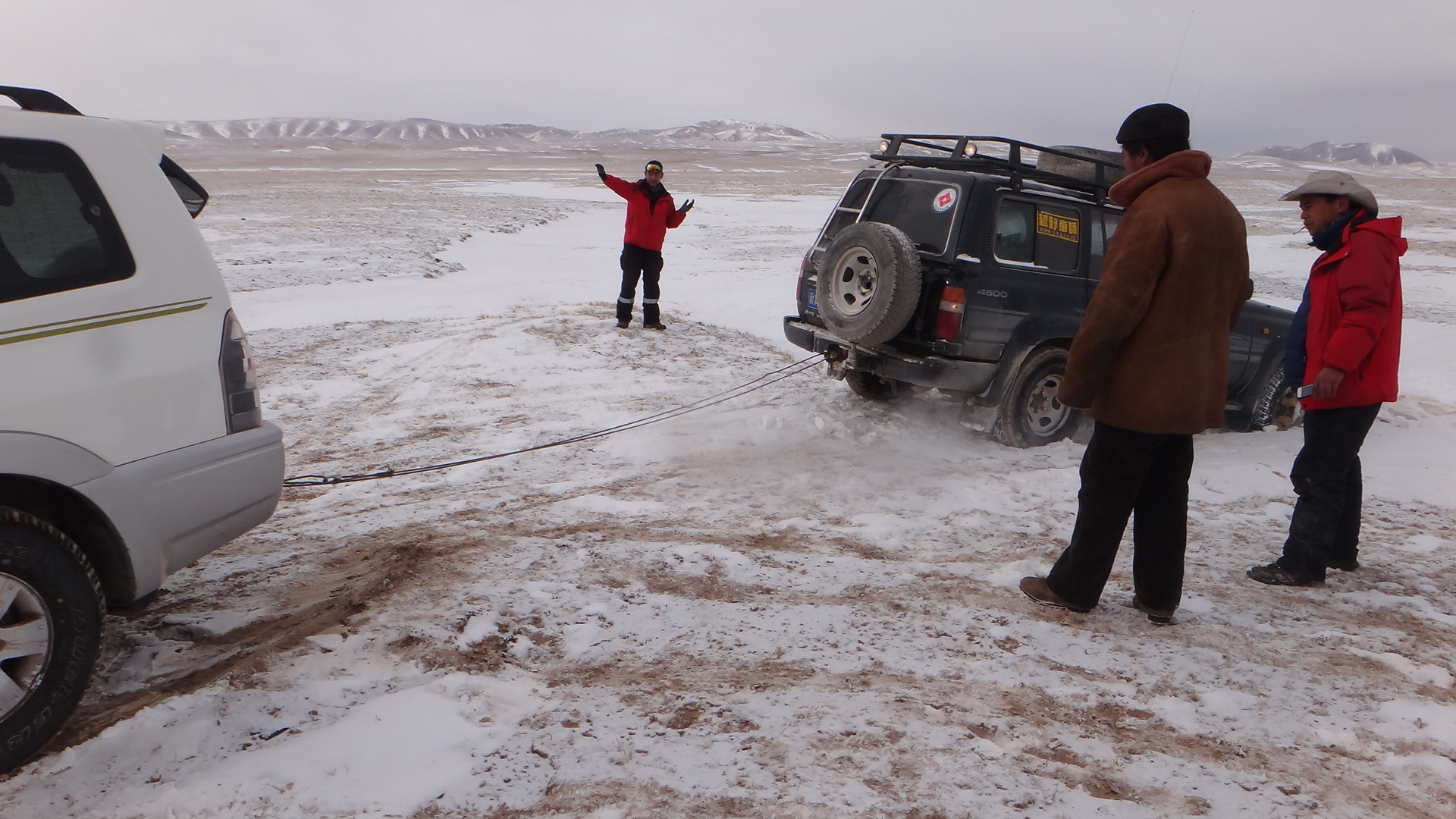
After reporting to the command post, they prepared supplies and received their tasks. They planned to rush to the scene on the same day. Considering that the second echelon of the Beijing team and the Xinjiang team hadn't assembled yet, a five - member advance group in one vehicle, four support vehicles, and four media vehicles set off at 7 p.m. They spent the night in Tuotuo River.
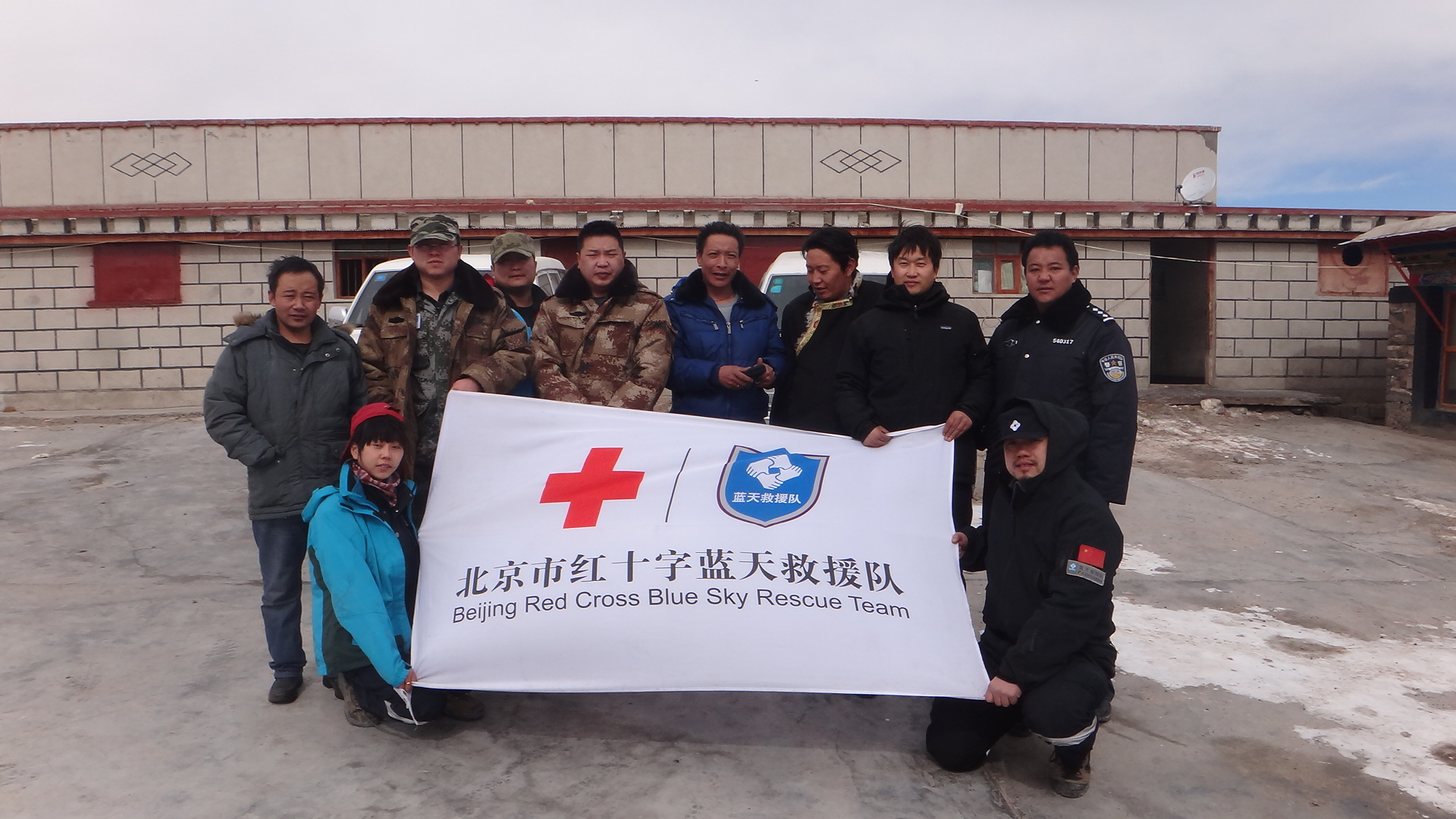
This was a large - scale rescue operation characterized by long - distance travel, high - altitude conditions, operations in uninhabited regions, long - term duration, and joint coordination across multiple locations. Spanning two weeks, it comprehensively tested the overall capabilities of the Blue Sky Rescue Team. It also served as a preparatory initiative for international rescue efforts.
The rear - support platform was well - exercised during this operation. The team accumulated valuable experience in rescuing in ethnic - minority areas, as well as in coping with altitude sickness during extended high - altitude activities. This rescue operation received high acclaim from the local government and the search - and - rescue headquarters.
